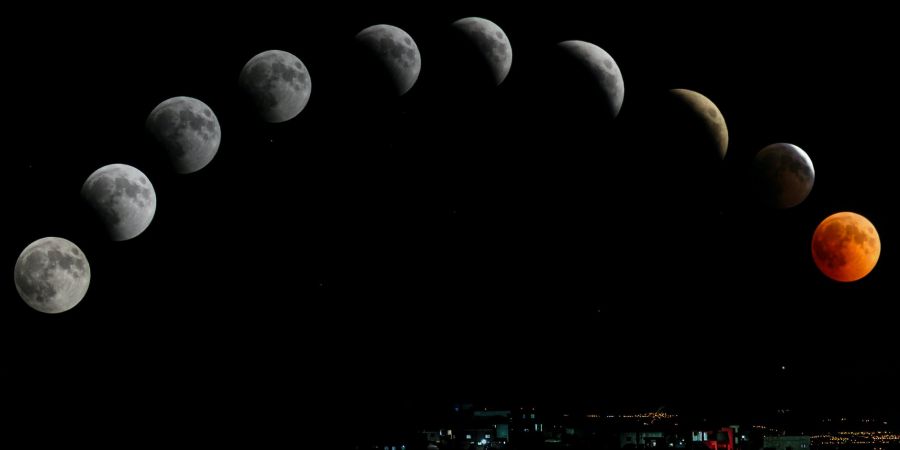

SUPER MOON : Super moons happen when a full moon is closest to the Earth, appearing bigger and brighter than normal. They are called ‘super’ because they are 15% brighter and 30% bigger than regular full moons.
BLUE MOON : If in a calendar month, there are two full moons then the second full moon is referred as blue moon. It is because of the gap between the two moons which is less than 31 days. If in any specific year, blue moon appears in two or more than two months then it is referred as blue moon year.
BLOOD MOON : ‘Blood moon’ is the name given for a view of the moon during a total lunar eclipse. Because of the way light passes through the earth's atmosphere during an eclipse, red light from the sun is reflected on to it. The moon's reddish colour earns it the nickname - “blood moon”.
CHANDRAYAAN - 1
On 22 October, 2008 : ISRO has successfully established Chandrayaan-1 in the moon's orbit from Satish Dhawan Space Centre, Sriharikota by PSLV-C-1. Chandrayaan-1 is first satellite with its own type with high resolution remote sensing facility with which images of moon could be seen.
CHANDRAYAAN - 2 MISSION
India's GSLV MKIII-M1, successfully launched Chandrayaan-2 spacecraft on 22 July, 2019 into its planned orbit. The launch took place from the second launch pad at Satish Dhawan Space Centre, Sriharikota. The motive behind Chandrayaan-2 mission was to explore the unexplored South pole of the moon.
Thank you for patience reading! Have a nice day.






